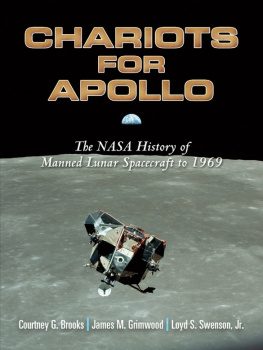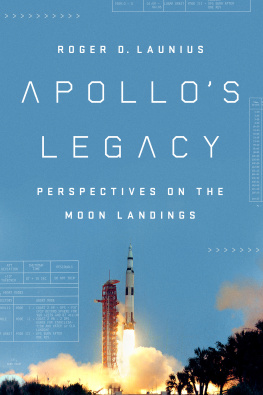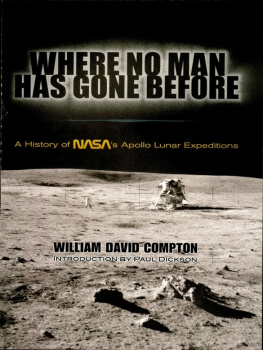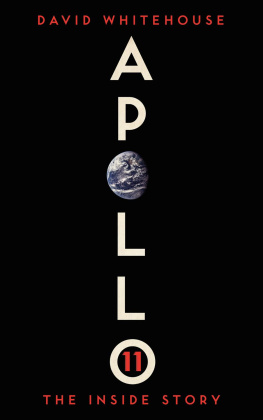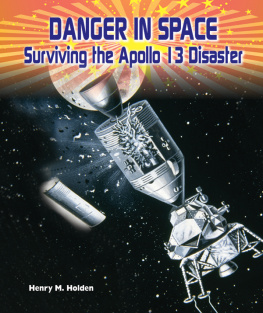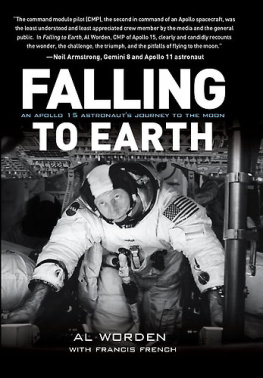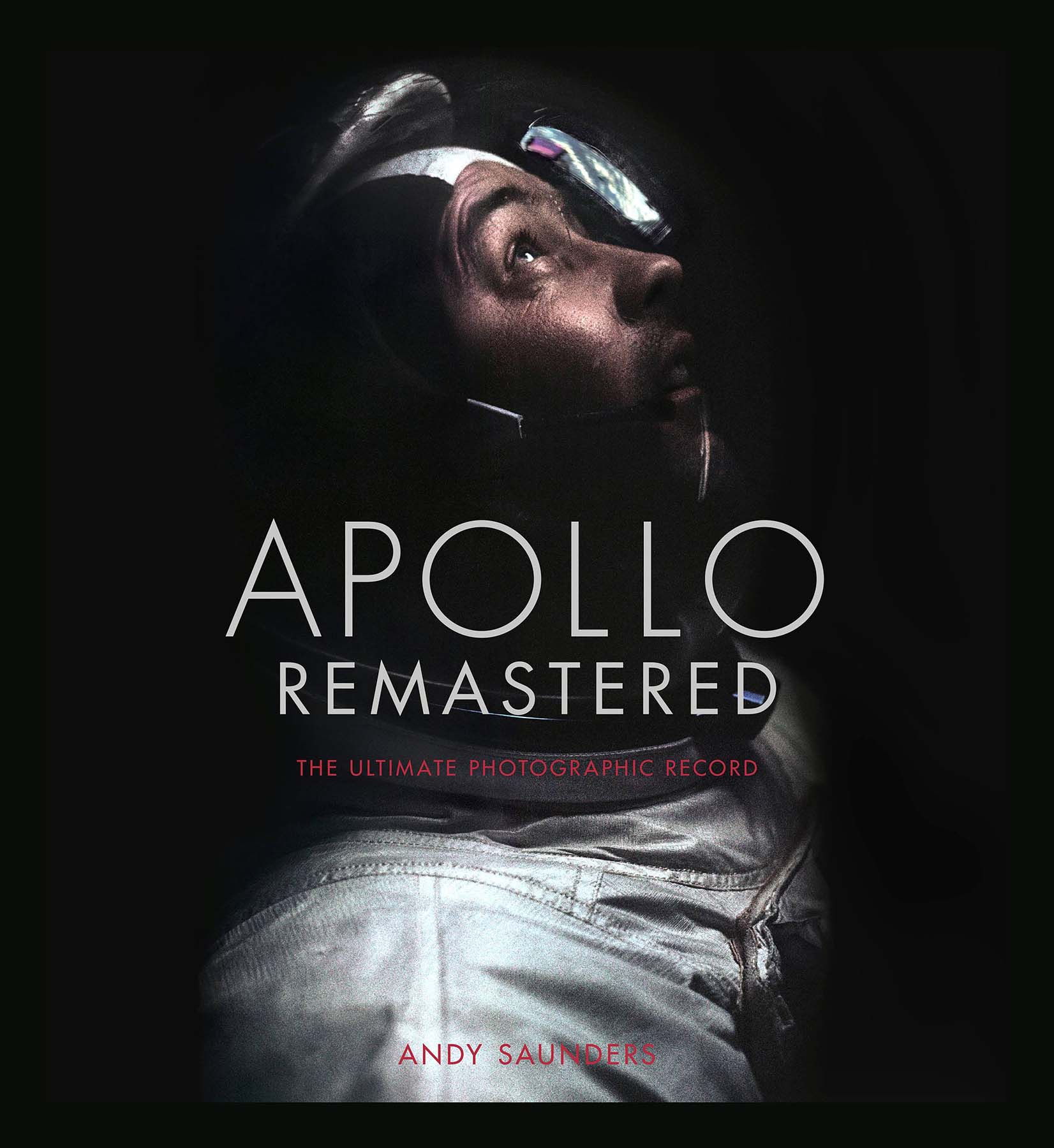
Copyright 2022 by Andy Saunders
Jacket design by Jim Stoddart
Jacket copyright 2022 by Hachette Book Group, Inc.
Hachette Book Group supports the right to free expression and the value of copyright. The purpose of copyright is to encourage writers and artists to produce the creative works that enrich our culture.
The scanning, uploading, and distribution of this book without permission is a theft of the authors intellectual property. If you would like permission to use material from the book (other than for review purposes), please contact permissions@hbgusa.com. Thank you for your support of the authors rights.
Black Dog & Leventhal Publishers
Hachette Book Group
1290 Avenue of the Americas
New York, NY 10104
www.hachettebookgroup.com
www.blackdogandleventhal.com
First U.S. edition: October 2022
Published in the UK by Particular Books
Black Dog & Leventhal Publishers is an imprint of Perseus Books, LLC, a subsidiary of Hachette Book Group, Inc. The Black Dog & Leventhal Publishers name and logo are trademarks of Hachette Book Group, Inc.
The publisher is not responsible for websites (or their content) that are not owned by the publisher.
The Hachette Speakers Bureau provides a wide range of authors for speaking events. To find out more, go to www.HachetteSpeakersBureau.com or call (866) 376-6591.
Print book interior design by Jim Stoddart
LCCN: 2022930522
ISBNs: 978-0-7624-8024-1 (hardcover), 978-0-7624-8025-8 (ebook)
E3-20220624-JV-NF-ORI
This book is dedicated to my children, Ben and Luna: Shoot for the stars without fear of failureif you miss, you may still reach the Moon
The exploration of space will go ahead, whether we join in it or not, and it is one of the great adventures of all time, and no nation which expects to be the leader of other nations can expect to stay behind in the race for space Its conquest deserves the best of all mankind, and its opportunity for peaceful cooperation may never come again. But why, some say, the Moon? Why choose this as our goal? And they may well ask why climb the highest mountain? Why, 35 years ago, fly the Atlantic?
We choose to go to the Moon. We choose to go to the Moon in this decade and do the other things, not because they are easy, but because they are hard, because that goal will serve to organize and measure the best of our energies and skills, because that challenge is one that we are willing to accept, one we are unwilling to postpone, and one which we intend to win
If I were to say, my fellow citizens, that we shall send to the Moon, 240,000 miles away from the control station in Houston, a giant rocket more than 300 feet tall made of new metal alloys, some of which have not yet been invented, capable of standing heat and stresses several times more than have ever been experienced, fitted together with a precision better than the finest watch, carrying all the equipment needed for propulsion, guidance, control, communications, food and survival, on an untried mission, to an unknown celestial body, and then return it safely to Earth, re-entering the atmosphere at speeds of over 25,000 miles per hour, causing heat about half that of the temperature of the Sun and do all this, and do it right, and do it first before this decade is out then we must be bold
Many years ago the great British explorer George Mallory, who was to die on Mount Everest, was asked why did he want to climb it. He said, Because it is there. Well, space is there, and were going to climb it, and the Moon and the planets are there, and new hopes for knowledge and peace are there. And, therefore, as we set sail we ask Gods blessing, on the most hazardous and dangerous and greatest adventure on which man has ever embarked.
JOHN F. KENNEDY
The original NASA photographic film from the Apollo missions is some of the most important and valuable film in existence. It is securely stored in a freezer, to help maintain its condition, in Building 8 at Johnson Space Center, Houston. It never leaves the building in fact, the film rarely leaves the freezer. The images it contains include the most significant moments in our history, as humankind left the confines of our home planet for the first time.
While the astronauts primary goal was to simply record their activities, they captured images that transcend documentation.
The photographs from the lunar surface are as close as we can get to standing on the Moon ourselves. The small cross-hairs on many of these images are synonymous with Apollo and an instant indicator that the photographs were taken in a scientific setting, where a documentary measuring tool of the utmost precision was required.
For the first time, we were able to look back at Earth from afar, experiencing the overview effect, the cognitive shift that elicits an intense emotional experience and mental clarity upon seeing our home planet from space for the first time. The Blue Marble photograph, taken as Apollo 17 set course for the Moon, depicts the whole sunlit Earth, and is the most reproduced photograph of all time. Along with Apollo 8s Earthrise, which depicts Earth above the lunar horizon, it was a catalyst for the environmental movement that continues today.
Many of these images from Apollo are so well known they are seared into our collective memory; they are visual artifacts produced by space explorers. The treasures they returned to Earth included 842lbs of Moon rock, and their film, exposed in the alien environment.
As the original flight film lay hermetically encapsulated in its frozen vault for half a century, almost all of the Apollo images made publicly available have been copies of master duplicates, or copies of copies, leading to the gradual degradation in the quality of the images we see. This process has only accelerated with the prevalence of digital representations of these images online.
In recent years, however, the original film for each mission has been removed from the freezer, thawed, cleaned, and digitally scanned to an unprecedented resolution. There is a huge treasure trove of around 35,000 photographs, the vast majority of which are rarely seen, in part due to the quality or exposure of the original film. Its easy to forget that they were taken in an era when photography was purely analog, requiring light-sensitive chemistry, film and paper. Since the film was designed for analog mediums, digital scans of the transparencies are often chronically underexposed and difficult to process. As a result, many of the photographs from early spaceflight, including some of the most important images in our history, are typically poorly represented.
The images in this book are derived from the new, high-resolution raw scans of the original flight film. I have painstakingly restored and remastered them utilizing image-enhancement technology and techniques to present them in unprecedented detail and clarity. Having inspected all 35,000 images in NASAs archive, I have selected those which most effectively represent the Apollo program, in addition to a select few from the preceding Mercury and Gemini missions, which helped pave the way.
The actual photographic content of alien landscapes and apparently complex, unfamiliar machinery and technology benefits hugely from the inclusion of familiar human forms to help us interpret and connect with the images. Rarely, however, do astronauts appear in mission photographs; NASAs objective was not the idolization of the select few humans doing the work, but the work itself. Project Gemini missions included the Hasselblad Superwide Camera (SWC). Its wide-angle capability was well suited to capturing the whole spacecraft from close quarters and a good coverage of Earths surface, but equally the inside of the cramped capsule itself and its space-faring inhabitants.







